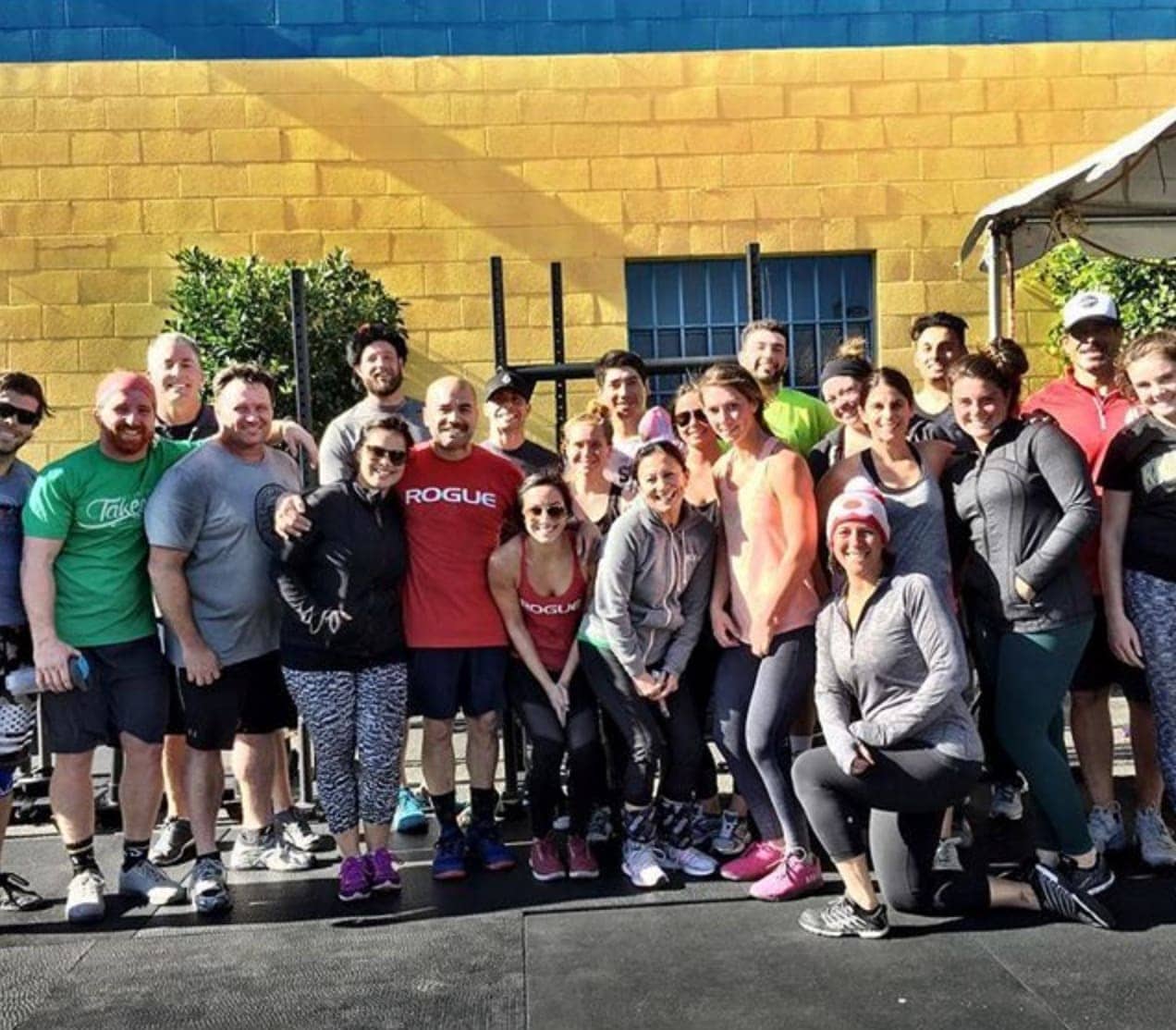Get your steps in and help a great cause move forward. This month, San Pedro will host several community events that inspire hope and camaraderie, while also fundraising for charitable causes.
5th ANNUAL RAD RUN
Sat., May 4 – Narbonne High School (24300 S. Western Ave.), 8a.
Dr. Amy Radovcic’s impact on students still lives on. Now in its fifth year, the annual 5k run/walk promises a day of celebration in honor of the beloved Narbonne High School career counselor, who passed away in 2014. “Dr. Rad was passionate in her work with students, and completely devoted to them,” says mother and Rad Run Director, Antonette Radovcic. “We, her family and friends, strive to equal that passion and carry on where she left off.” Proceeds will help support the Dr. Amy Radovcic Equality and Social Justice Scholarship Fund, which has previously awarded a total of $16,000 in college scholarships, with a fundraising goal of $6,000 for this year’s event. Eligible NHS senior students are required to maintain good grades, perform a minimum of 40 hours of community service, as well as submit an essay about their career goals. In the future, in addition to financially assisting students in their endeavors, the Rad Run team hopes to officially become a foundation, contribute to brain cancer research, and grow in scale. “The love and support poured out continues to encourage us, and strengthens us each year to work harder and raise more money for scholarships,” says Radovcic.
To register, donate, and for more information, visit runsignup.com/ Race/CA/HarborCity/RadRun5k.
3rd ANNUAL GONE TOO SOON 5K
Sat., May 11 – Bloch Field (1500 S. Harbor Blvd.), 8a.
Remembering loved ones that have passed can often feel isolating. The Gone Too Soon 5k seeks to bond together members of the local community in celebrating the legacy of lives that are no longer with us, while also raising funds for deserving young students. Inspired by the loss of his brother Ernie, who passed away in 2016, Steve Carrillo created this annual event that creates a unique space for all to participate. “Our main goal is to unite our community and give them a platform to remember and do something for their loved ones that have gone too soon,” says Carrillo. Now in its third year, proceeds from this run/walk event will benefit the Ernie Carrillo Scholarship Fund, bestowed to one local high school student each year, with the past two events cumulatively given $15,000 in scholarship funds. The event also will include family-fun with food, music, and games. Carrillo expresses how much the event means to him personally, saying, “This 5k has given my family so much happiness to know that Ernest’s name lives on, and that we are also helping young students in a positive way.”
To register, donate, and for more information, visit runsignup.com and search “Gone Too Soon 5k.”
19th ANNUAL SAN PEDRO RELAY FOR LIFE
Sat., May 18 – San Pedro Athletic Complex (3181 N. Gaffey St.), 10a.
Chances are, if you’re reading this, you or someone you know has been affected by cancer. The fight against this terrible disease continues on with the help of Relay for Life. This month, San Pedro will organize their nineteenth Relay for Life, which will be held at the San Pedro Athletic Complex. “San Pedro’s Relay is more of a grass roots-type of event,” says online chair, Mary McLachlan. “The San Pedro community raises funds among family and friends through smaller fundraisers like afternoon teas, restaurant dinners, homemade jewelry sales, and other fun events.” This year’s Relay begins with a survivors breakfast at 9a, followed by an opening ceremony and survivor victory lap. Food, live music, raffles, and games will take place throughout the day, and the event will conclude with a touching luminaria ceremony at 9p. All proceeds benefit the American Cancer Society, which in addition to researching for a cure, provides necessary support programs, vital information, and even free rides to treatment appointments. A dedicated volunteer for over ten years, McLachlan became diagnosed with cancer in 2017, and her passion for the Relay continues. “I participate in Relay for Life so that no one has to go through what I went through, and what so many other people are still going through,” she explains.
To register, donate, and for more information, visit relayforlife.org/ sanpedroca.
38th ANNUAL FERMIN LASUEN REUNION RUN/WALK & PICNIC
Sat., May 18 – Point Fermin Park (807 W. Paseo Del Mar), 8:30a.
Once a Padre, always a Padre! Even after the former high school’s closing in 1971, Fermin Lasuen alumni and friends continue to remain connected. The public is welcome to join them in their yearly reunion, run/walk, and picnic. Now in its 38th year, this anticipated event was initially created with the help of Father Patrick T. Thomspon, who was assigned to Mexicali, Mexico, shortly after the school’s closing. He then reached out to his former students for assistance in supporting the impoverished community, and the idea of the reunion run/walk was born. “The event has grown due to more people learning of its goals, which is still to help the community in Mexicali, but also here in the Harbor Area,” says Jerryne Soto, publicity chair of the event. “Now at the reunion, there are former students, wives, children, and even grandchildren.” Proceeds for the event will support Father Thompson’s non-profit EDUSEC, which helps provide youth education and programs for Mexicali communities, the Robert Kelly Scholarship for San Pedro students, as well as other charitable projects. “We hope to keep this event running every year and [the public] brings more friends and family,” says Soto. “It’s always nice to see new faces.”
To register, donate, and for more information, contact Chuy Ibarra (310) 347-7508, Dickie Soto (310) 547-4509, and Joe Bird (310) 831- 2593.



















